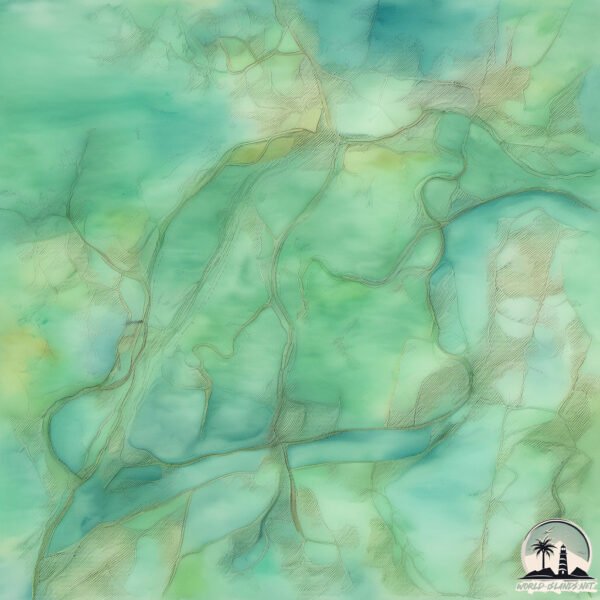Welcome to Harwood , a Temperate island in the Coral Sea, part of the majestic Pacific Ocean. This guide offers a comprehensive overview of what makes Harwood unique – from its geography and climate to its population, infrastructure, and beyond. Dive into the details:
Geography and size of Harwood
Size: 31.3 km²Coastline: 36.2 kmOcean: Pacific OceanSea: Coral SeaContinent: Oceania
Harwood is a Medium Island spanning 31 km² with a coastline of 36 km.
Archipel: –
Tectonic Plate: Australia – A major tectonic plate covering Australia, New Zealand, and parts of the Indian and Pacific Oceans, known for its relative stability and occasional seismic activity.
The geographic heart of the island is pinpointed at these coordinates:
Climate and weather of Harwood
Climate Zone: TemperateClimate Details: Humid Subtropical ClimateTemperature: Hot Summer
Climate Characteristics: With continuous rainfall and hot summers, this climate is common in some coastal regions, supporting diverse vegetation.
Topography and nature of Harwood
Timezone: UTC+10:00Timezone places: Australia/SydneyMax. Elevation: 4 m Mean Elevation: 2 mVegetation: Cultivated LandTree Coverage: 33%
The mean elevation is 2 m. The highest elevation on the island reaches approximately 4 meters above sea level. The island is characterized by Plains: Flat, low-lying lands characterized by a maximum elevation of up to 200 meters. On islands, plains are typically coastal lowlands or central flat areas.
Dominating Vegetation: Cultivated Land
Vegetation: 5 vegetation zones – Highly Diverse Island
Infrastructure and Travelling to Harwood
Does the island have a public airport? no .
Does the island have a major port? no .
The mean population of Harwood is 15 per km². Harwood is Gently Populated. The island belongs to Australia .
Continuing your journey, Woodford is the next notable island, situated merely km away.
Harwood Island Clean-Up
Harwood Island, off the coast of Powell River, is known for pristine sandy beaches, fascinating geology, and lively marine gardens ...
Harwood Island Clean-Up
Harwood Island, off the coast of Powell River, is known for pristine ...
Harwood Island, off the coast of Powell River, is known for pristine sandy beaches, fascinating geology, and lively marine gardens ...
Powell River Harwood Island & Gibsons Beach
Harwood Island and Gibsons Beach Powell River B.C. Canada.
Harwood Island and Gibsons Beach Powell River B.C. Canada.
Harwood Island Cleanup
In March 2010 there was a huge dump of styrofoam onto Harwood Island ...
In March 2010 there was a huge dump of styrofoam onto Harwood Island near Powell River BC. The source of the styrofoam ...
Australia is classified as Developed region: nonG7: Developed economies outside of the Group of Seven, characterized by high income and advanced economic structures. The level of income is High income: OECD.
News – Latest Updates and Headlines from Harwood
Stay informed with the most recent news and important headlines from Harwood. Here’s a roundup of the latest developments.
Loading...
Please note: The data used here has been primarily extracted from satellite readings. Deviations from exact values may occur, particularly regarding the height of elevations and population density. Land area and coastline measurements refer to average values at mean high tide.

